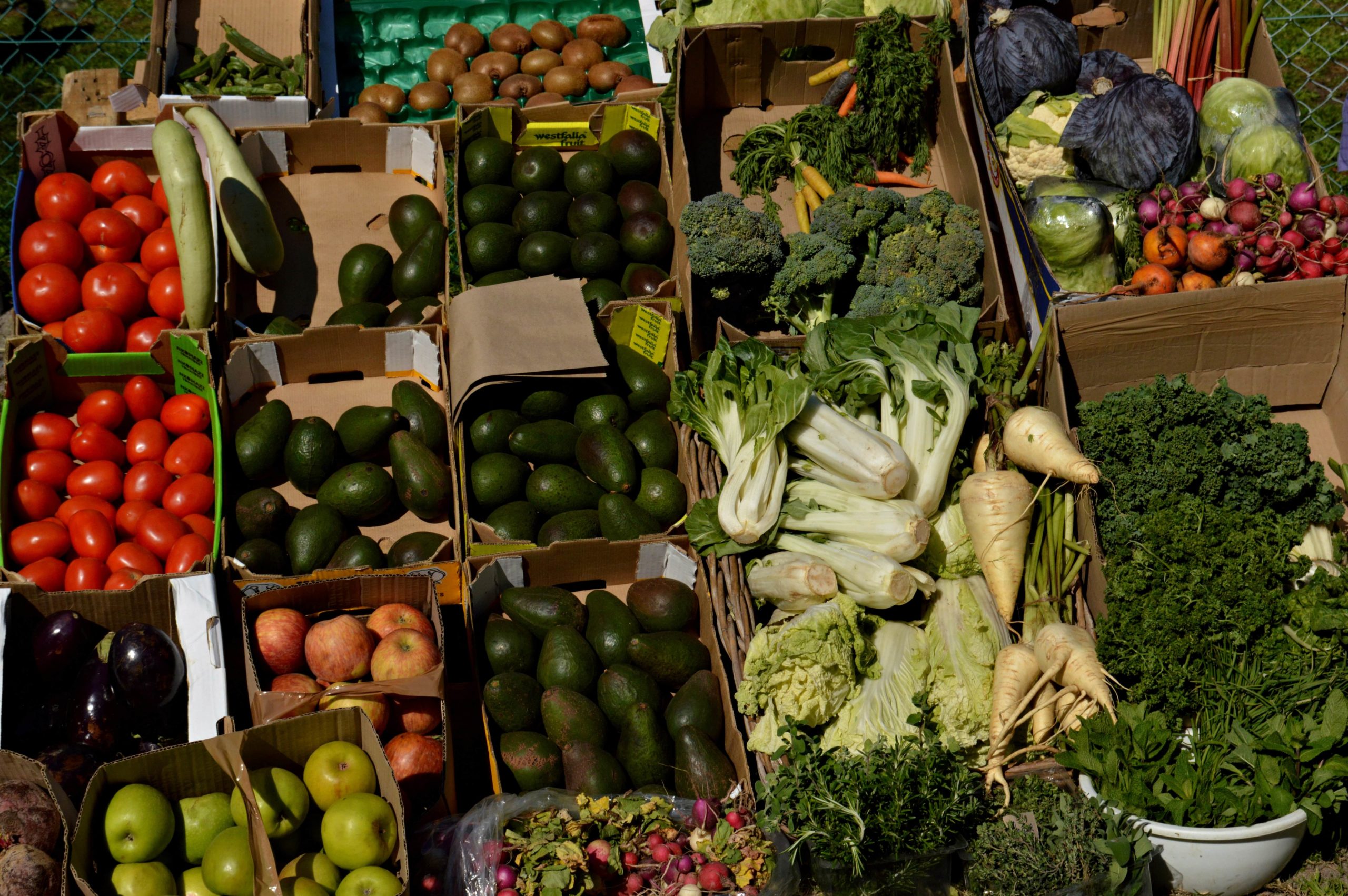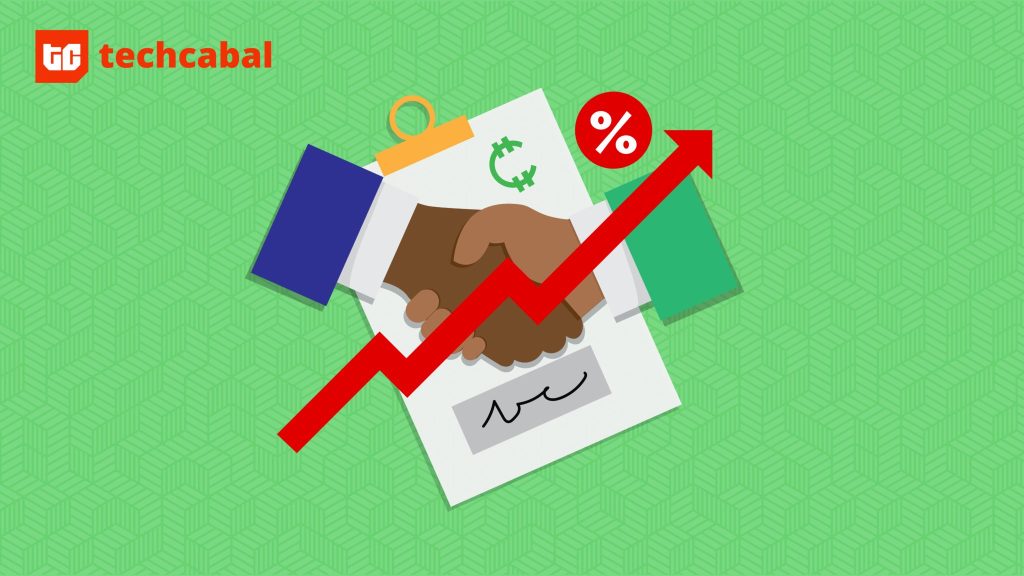Food inflation is one of Africa’s pressing problems. Can technology help Africans reduce the amount of money they spend on food?
The cost of food in Africa is unlike that on any other continent. According to the IMF, on average, Africans spend almost half of their income on food. For context, the estimate is 17% in more advanced economies. It has not always been like this. In recent years, the price of food has been steadily rising as a result of different factors, including but not limited to a heavy reliance on imported food, local currency devaluation, higher costs of fertilisers, and natural disasters.
Between 2020 and 2022, the price of a food basket increased by 8.5%, while the price of staple foods surged by 23.9%. In Nigeria, Africa’s most populous country, the average price of food has increased by over 65% in just 3 years. As expected, restaurants have felt the crunch of this food inflation.
Eating out is a big part of Nigerian culture, as evidenced by the fact that Nigerians spend 20% of their income on eating out. The United States Department of Agriculture estimates that Nigeria’s food service industry—restaurants, hotels, bars, and cafes—is worth over $7 billion, with the fast food sector growing at a 25% annual rate.
However, as inflation soars to new heights and Nigerians’ purchasing power declines, restaurants are operating with tighter margins. Despite the industry’s enormous potential, many businesses face challenges such as expensive and unreliable supply, limited access to data to guide procurement decisions, theft and wastage, and restricted access to capital to finance procurement.
Not only do restaurants struggle to keep up with the ever-increasing prices, but they also face data and supply problems. Vendease, a Nigerian company, is solving these challenges for the food service industry in Nigeria and Ghana. The startup has built a “food operating system” that allows restaurants to place orders for food supplies and track them, manage inventory, track expenses, ensure correct pricing, and gain access to credit facilities.
One of the first issues that Vendease helped solve was the issue of delivery time. On a call with TechCabal, Tunde Kara, the CEO of Vendease, said that his company knew how important same-day delivery was to restaurants and so set up their infrastructure to harness anonymised data from the onset.
“We used daily behaviours on the platform and the ordering patterns to help us predict what they need and what they might need even before they place an order. A couple of months later, we took over logistics and warehousing responsibilities, and this allowed us to use the data we have on buying patterns to plan delivery routes for our biggest order hotspots around the cities. We also use this data to plan fulfilment centres for the most congested areas on our platform. This drastically shortened the delivery time,” Kara explained.
Fulfilment centres come with a lot of headaches. Last year, large retailers like Amazon and Walmart struggled with too much of the wrong inventory. Even though they used data to plan, they had too many things that customers didn’t need. When asked if Vendease had ever faced this problem, Kara said, “Yes, we’ve had that problem, but it’s a problem that we’ve figured out to a large extent.” He added that because Vendease had over 3,000 food service businesses on its platform, it was unavoidable.
Both sides of the coin
Vendease also essentially runs a double-sided marketplace by procuring for the farmers and manufacturers that they buy from. According to Kara, the company has invested in automating food supply by offering services to the primary (farmers), secondary (manufacturers), and tertiary (restaurants) sectors of the food industry.
Kara shared that Vendease serves the primary sector by helping them drop their costs and become more efficient. He explained that the company helps farmers source and import fertilisers and feed and provides them with offtake agreements and anything else that is essential for production. “By doing this, we can get better pricing because of the commitment from the start and economies of scale. We can then control the prices for the entire chain of production. The cheaper it costs to produce, the cheaper it is for us to sell to the end user.”
Last year, Vendease raised $30 million in Series A funding, structured as a $20 million equity round and a $10 million debt round. At the time, Kara told TechCabal that the debt round would be used for Vendease’s trade finance product, where the company would lend money to its customers. He explained that the company acts as a bridge between its customers and financial partners. “The customers apply through us, and based on their buying history and payback period, they can get buy-now-pay-later options in stock and not loans.” He added that the company has plans to get financial licenses to improve the way the product works.
Opposite sides of a compass
Vendease is not alone in using technology to solve Africa’s food problems. Last year, Stable Foods raised $600,000 to help Kenyan farmers increase their output. The company offers a host of solutions to these farmers, such as input and offtake contracts, training on best practices for regenerative agriculture, and an irrigation-as-a-service (IaaS) product. Their IaaS product could not have come at a better time, as East Africa is struggling with the effects of a drought that has affected over 36 million people.
It is too early to say whether the efforts of these companies can have a lasting impact on Africa’s food crisis, but the early signs are promising. As of last year, Vendease had moved more than 400,000 metric tonnes of food through its platform, helping its users save more than $2 million in procurement costs and more than 10,000 procurement man-hours. Africa is still in the throes of exorbitant food prices; however, tech-enabled companies like Vendease and Stable Foods are working to create a future where this is no longer the case. A lasting solution will not come easily, but the future holds promise.











